|
Your search criteria found 985 images Feature Name |
| My List |
Addition Date |
Target
|
Mission | Instrument | Size |

|
2002-12-21 |
SIM PlanetQuest |
2736x1836x3 | ||
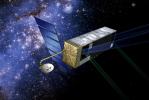
|
|||||

|
2003-03-27 |
Two Micron All Sky Survey (2MASS) |
Two Micron All Sky Survey (2MASS) |
6782x3540x3 | |
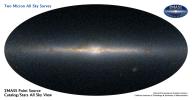
|
|||||

|
2003-03-27 |
Two Micron All Sky Survey (2MASS) |
Two Micron All Sky Survey (2MASS) |
4500x2400x3 | |
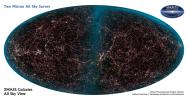
|
|||||

|
2003-02-26 |
Origins |
Keck Interferometer |
720x486x3 | |
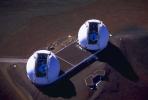
|
|||||

|
2003-05-09 |
Origins |
Keck Interferometer |
1024x768x3 | |
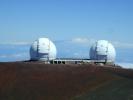
|
|||||

|
2003-05-15 |
Spitzer Space Telescope |
606x441x3 | ||
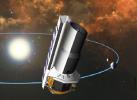
|
|||||

|
2003-05-21 |
Hubble Space Telescope |
WFPC2 |
869x444x3 | |
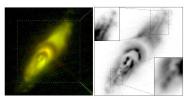
|
|||||

|
2004-03-08 |
Spitzer Space Telescope |
IRAC Multiband Imaging Photometer (MIPS) |
2262x1899x3 | |
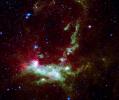
|
|||||

|
2003-05-28 |
Galaxy Evolution Explorer (GALEX) |
GALEX Telescope |
1450x1550x3 | |

|
|||||

|
2003-06-20 |
Terrestrial Planet Finder |
Infrared Coronagraph Infrared Interferometer Visible Light Coronagraph |
2736x1836x3 | |
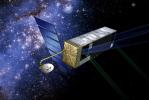
|
|||||

|
2003-07-25 |
Galaxy Evolution Explorer (GALEX) |
GALEX Telescope |
1008x992x3 | |
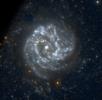
|
|||||

|
2003-07-25 |
Galaxy Evolution Explorer (GALEX) |
GALEX Telescope |
991x1008x3 | |

|
|||||

|
2003-09-03 |
Spitzer Space Telescope |
IRAC |
1600x2000x3 | |

|
|||||

|
2003-12-10 |
Galaxy Evolution Explorer (GALEX) |
GALEX Telescope |
6200x6200x3 | |
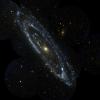
|
|||||

|
2003-12-10 |
Galaxy Evolution Explorer (GALEX) |
GALEX Telescope |
1755x790x3 | |
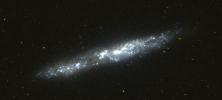
|
|||||

|
2003-12-10 |
Galaxy Evolution Explorer (GALEX) |
GALEX Telescope |
1500x1500x3 | |
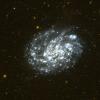
|
|||||

|
2003-12-11 |
Galaxy Evolution Explorer (GALEX) |
GALEX Telescope |
960x960x3 | |
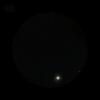
|
|||||

|
2003-12-18 |
Spitzer Space Telescope |
IRAC |
1142x939x3 | |
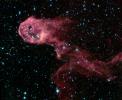
|
|||||

|
2003-12-18 |
Spitzer Space Telescope |
MIPS IRAC |
2332x1616x3 | |
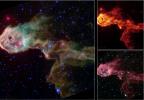
|
|||||

|
2003-12-18 |
Spitzer Space Telescope |
IRAC |
1364x1038x3 | |
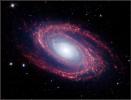
|
|||||

|
2003-12-18 |
Spitzer Space Telescope |
MIPS IRAC |
2286x2334x3 | |

|
|||||

|
2003-12-18 |
Spitzer Space Telescope |
MIPS |
1108x2148x3 | |

|
|||||

|
2003-12-18 |
Spitzer Space Telescope |
IRAC |
1020x643x3 | |
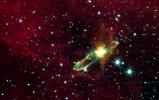
|
|||||

|
2003-12-18 |
Spitzer Space Telescope |
Infrared Spectrograph (IRS) |
2872x2056x3 | |
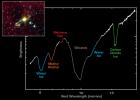
|
|||||

|
2003-12-18 |
Spitzer Space Telescope |
MIPS |
658x430x3 | |
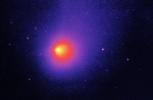
|
|||||

|
2004-03-11 |
Mars Exploration Rover (MER) |
Panoramic Camera |
1024x1024x1 | |

|
|||||

|
2004-03-12 |
Mars Exploration Rover (MER) |
Panoramic Camera |
1024x1024x1 | |

|
|||||

|
2004-04-13 |
Spitzer Space Telescope |
IRAC |
3652x1936x3 | |
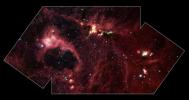
|
|||||

|
2004-04-13 |
Spitzer Space Telescope |
MIPS |
2499x779x3 | |

|
|||||

|
2004-04-13 |
Spitzer Space Telescope |
IRAC |
3652x1936x3 | |
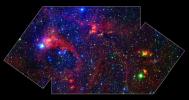
|
|||||

|
2004-04-13 |
Spitzer Space Telescope |
IRAC Multiband Imaging Photometer (MIPS) |
3600x2556x3 | |
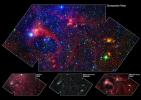
|
|||||

|
2004-04-13 |
Spitzer Space Telescope |
IRAC Multiband Imaging Photometer (MIPS) |
3588x4224x3 | |

|
|||||

|
2004-05-11 |
Spitzer Space Telescope |
IRAC |
1530x776x3 | |

|
|||||

|
2004-05-11 |
Spitzer Space Telescope |
IRAC |
708x570x3 | |
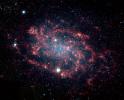
|
|||||

|
2004-05-24 |
Galaxy Evolution Explorer (GALEX) |
GALEX Telescope |
3840x3840x3 | |

|
|||||

|
2004-05-27 |
Spitzer Space Telescope |
1600x1200x3 | ||
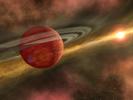
|
|||||

|
2005-07-27 |
Spitzer Space Telescope |
Infrared Spectrograph (IRS) |
2361x1506x3 | |
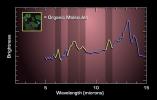
|
|||||

|
2004-09-07 |
Spitzer Space Telescope |
IRAC |
1125x1125x3 | |
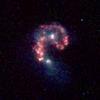
|
|||||

|
2004-09-07 |
Spitzer Space Telescope |
IRAC |
1125x1125x3 | |
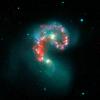
|
|||||

|
2004-10-06 |
Spitzer Space Telescope |
IRAC |
1090x1090x3 | |
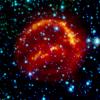
|
|||||

|
2004-10-08 |
Wide-field Infrared Survey Explorer (WISE) |
WISE |
219x213x3 | |
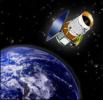
|
|||||

|
2004-10-12 |
Spitzer Space Telescope |
IRAC |
602x602x3 | |
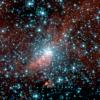
|
|||||

|
2004-10-18 |
Spitzer Space Telescope |
IRAC |
3000x2400x3 | |
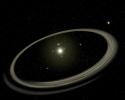
|
|||||

|
2004-12-09 |
Spitzer Space Telescope |
3000x1688x3 | ||
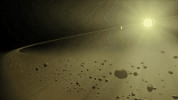
|
|
||||

|
2004-12-09 |
Spitzer Space Telescope |
1386x956x3 | ||
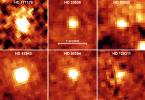
|
|||||

|
2004-12-21 |
Galaxy Evolution Explorer (GALEX) |
GALEX Telescope |
1793x1194x3 | |
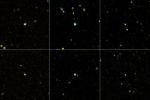
|
|||||

|
2004-12-22 |
Galaxy Evolution Explorer (GALEX) |
GALEX Telescope |
587x473x3 | |
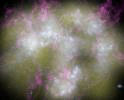
|
|||||

|
2005-01-11 |
Spitzer Space Telescope |
3000x2400x3 | ||
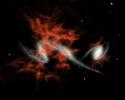
|
|||||

|
2005-01-12 |
Spitzer Space Telescope |
IRAC Multiband Imaging Photometer (MIPS) |
2816x1404x3 | |
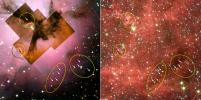
|
|||||

|
2005-03-22 |
Spitzer Space Telescope |
IRAC Multiband Imaging Photometer (MIPS) |
2220x2374x3 | |

|
|||||

|
2005-05-31 |
Galaxy Evolution Explorer (GALEX) |
GALEX Telescope |
2154x2154x3 | |
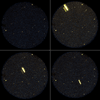
|
|||||

|
2005-05-31 |
Galaxy Evolution Explorer (GALEX) |
GALEX Telescope |
2154x2154x3 | |
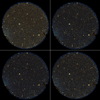
|
|||||

|
2005-10-20 |
Spitzer Space Telescope |
3000x2400x3 | ||
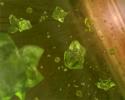
|
|||||

|
2005-10-28 |
Spitzer Space Telescope |
IRAC |
1600x1600x3 | |
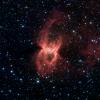
|
|||||

|
2005-11-09 |
Spitzer Space Telescope |
IRAC |
3426x2548x3 | |
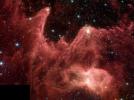
|
|||||

|
2005-12-01 |
Spitzer Space Telescope |
IRAC |
848x711x3 | |
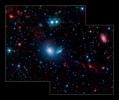
|
|||||

|
2005-12-22 |
Spitzer Space Telescope |
IRAC Multiband Imaging Photometer (MIPS) |
2310x3897x3 | |

|
|||||

|
2006-01-09 |
Galaxy Evolution Explorer (GALEX) |
GALEX Telescope |
2264x2260x3 | |
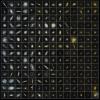
|
|||||

|
2010-02-17 |
Wide-field Infrared Survey Explorer (WISE) |
WISE Telescope |
3999x3999x3 | |

|
|||||

|
2010-02-17 |
Wide-field Infrared Survey Explorer (WISE) |
WISE Telescope |
6666x6666x3 | |
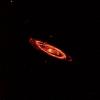
|
|||||

|
2006-02-15 |
Spitzer Space Telescope |
IRAC |
706x869x3 | |

|
|||||

|
2006-02-15 |
Spitzer Space Telescope |
Infrared Spectrograph (IRS) |
3000x2400x3 | |
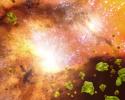
|
|||||

|
2006-03-03 |
Spitzer Space Telescope |
IRAC Near Infrared Spectrometer |
966x966x3 | |
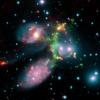
|
|||||

|
2006-03-16 |
Spitzer Space Telescope |
IRAC |
480x640x3 | |

|
|||||

|
2006-03-21 |
Spitzer Space Telescope |
IRAC |
2243x2240x3 | |
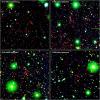
|
|||||

|
2006-04-05 |
Spitzer Space Telescope |
3200x2400x3 | ||
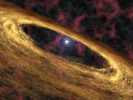
|
|||||

|
2006-04-05 |
Spitzer Space Telescope W. M. Keck Observatory |
IRAC Keck I Telescope |
2571x2130x3 | |
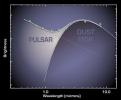
|
|||||

|
2006-04-05 |
Spitzer Space Telescope |
3000x2400x3 | ||
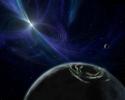
|
|||||

|
2010-02-17 |
Wide-field Infrared Survey Explorer (WISE) |
WISE Telescope |
6666x6666x3 | |
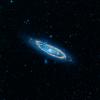
|
|||||

|
2006-04-26 |
Hubble Space Telescope Spitzer Space Telescope |
IRAC Visible Light |
2905x1486x3 | |
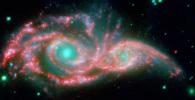
|
|||||

|
2006-04-26 |
Spitzer Space Telescope |
IRAC |
1010x1010x3 | |
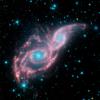
|
|||||

|
2006-05-11 |
Spitzer Space Telescope |
IRAC MIPS Visible Light |
900x859x3 | |
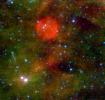
|
|||||

|
2010-02-17 |
Wide-field Infrared Survey Explorer (WISE) |
WISE Telescope |
2666x2666x3 | |
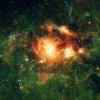
|
|||||

|
2006-06-06 |
Hubble Space Telescope Spitzer Space Telescope |
IRAC Multiband Imaging Photometer (MIPS) |
1778x1778x3 | |
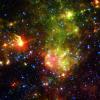
|
|||||

|
2006-06-09 |
Spitzer Space Telescope |
IRAC |
2325x2329x3 | |
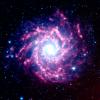
|
|||||

|
2006-07-24 |
Spitzer Space Telescope |
3200x2400x3 | ||
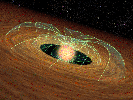
|
|||||

|
2006-07-28 |
Galaxy Evolution Explorer (GALEX) |
GALEX Telescope |
2574x858x3 | |
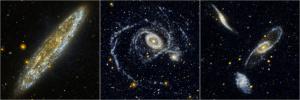
|
|||||

|
2006-08-23 |
Galaxy Evolution Explorer (GALEX) |
3000x2400x3 | ||
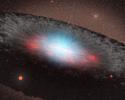
|
|||||

|
2006-08-23 |
Galaxy Evolution Explorer (GALEX) |
3000x2400x3 | ||
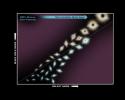
|
|||||

|
2006-09-01 |
Spitzer Space Telescope |
IRAC |
6000x6000x3 | |
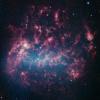
|
|||||

|
2006-09-01 |
Spitzer Space Telescope |
IRAC Multiband Imaging Photometer (MIPS) |
6000x6000x3 | |
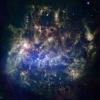
|
|||||

|
2006-09-28 |
Galaxy Evolution Explorer (GALEX) Spitzer Space Telescope |
MIPS Ultraviolet/Visible Camera |
7430x2410x3 | |

|
|||||

|
2006-10-12 |
Spitzer Space Telescope |
MIPS |
2396x2680x3 | |

|
|||||

|
2006-10-27 |
Spitzer Space Telescope |
IRAC Multiband Imaging Photometer (MIPS) |
3000x2300x3 | |
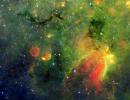
|
|||||

|
2006-10-03 |
Spitzer Space Telescope |
MIPS |
1500x558x3 | |

|
|||||

|
2006-11-07 |
Spitzer Space Telescope |
IRAC Ultraviolet/Visible Camera |
6000x6000x3 | |
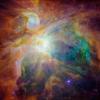
|
|||||

|
2006-12-08 |
Spitzer Space Telescope |
MIPS |
2861x1439x3 | |
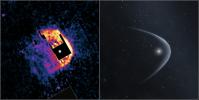
|
|||||

|
2006-12-08 |
Spitzer Space Telescope |
IRAC |
3000x2141x3 | |
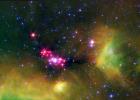
|
|||||

|
2006-12-18 |
Spitzer Space Telescope |
644x481x3 | ||
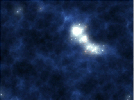
|
|||||

|
2006-12-18 |
Spitzer Space Telescope |
IRAC |
2430x1525x3 | |
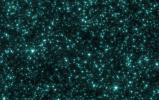
|
|||||

|
2007-01-09 |
Hubble Space Telescope Spitzer Space Telescope |
IRAC Multiband Imaging Photometer (MIPS) |
2100x2400x3 | |

|
|||||

|
2007-01-09 |
Hubble Space Telescope Spitzer Space Telescope |
IRAC Multiband Imaging Photometer (MIPS) |
2394x2571x3 | |

|
|||||

|
2007-01-09 |
Spitzer Space Telescope |
IRAC Multiband Imaging Photometer (MIPS) |
2100x2400x3 | |

|
|||||

|
2007-01-16 |
Galaxy Evolution Explorer (GALEX) Spitzer Space Telescope |
IRAC |
975x700x3 | |
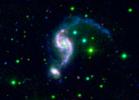
|
|||||

|
2007-01-26 |
Spitzer Space Telescope |
3000x2400x3 | ||
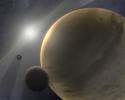
|
|||||

|
2007-01-26 |
Spitzer Space Telescope |
IRAC |
720x720x3 | |
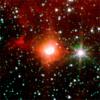
|
|||||

|
2007-02-21 |
Spitzer Space Telescope |
3000x2400x3 | ||
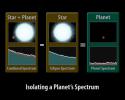
|
|||||

|
2007-02-21 |
Spitzer Space Telescope |
3000x2400x3 | ||
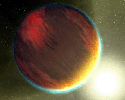
|
|||||

|
2007-03-29 |
Spitzer Space Telescope |
IRAC |
3000x2400x3 | |
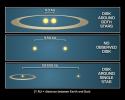
|
|||||

|
2007-03-29 |
Spitzer Space Telescope |
3000x2000x3 | ||
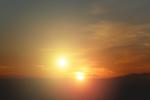
|
|||||
 |
 |
 |
 |
 |
 |
 |
 |
 |
 |

|
|
| 1-100 | 101-200 | 201-300 | 301-400 | 401-500 | 501-600 | 601-700 | 701-800 | 801-900 | 901-1000 |
| Currently displaying images: 1 - 100 of 985 |